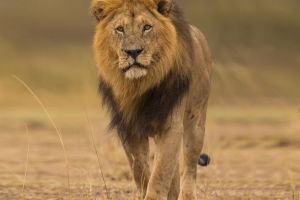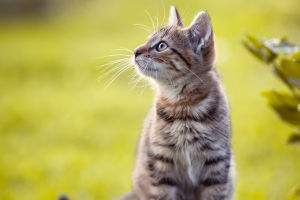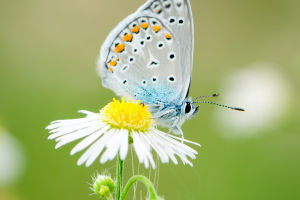
Lions are fascinating creatures, known for their majestic presence and powerful roar.
However, beyond their fearsome image lies a complex social structure and communication system.
In this article, we’ll dive deep into lion behavior, exploring their communication, hunting strategies, and territorial actions!
The Role of Roaring: Communication and Territory
Lions' iconic roar is one of their most effective forms of communication. Roaring allows lions to communicate over long distances, with a range that can reach up to five miles. Roars are used to establish territory, warn off intruders, and maintain cohesion within the pride. The roar of a male lion, deep and powerful, signals dominance and marks the pride’s territory, ensuring that no other lions attempt to encroach on their home.
Social Structure: The Pride’s Dynamics
Lion are highly social animals that live in groups called prides. A pride typically consists of related females, their cubs, and a few males. Male lion, on the other hand, protect the pride from outside threats, including rival males and other predators. This social structure is key to their survival, as it allows them to cooperate in hunting and raising offspring.
Hunting Strategies: Teamwork in Action
Lion are not solitary hunters like some of their feline relatives, instead, they hunt in groups, using teamwork and strategy. Female lion generally do most of the hunting, working together to chase down prey. They rely on stealth and surprise, often stalking animals before launching a coordinated attack. Male lion typically join the hunt when larger prey, such as buffalo or giraffes, are targeted. Hunting together allows lions to take down larger animals that would be difficult to catch alone.
Territorial Behavior: Defending the Pride
Lion are territorial animals, and defending their home range is critical to their survival. Male, in particular, are responsible for protecting the pride's territory. They patrol the boundaries, marking them with scent and vocalizations to ward off other lion and potential threats. Territorial disputes are common and can be brutal, with the winner gaining control over the pride and its resources.
Grooming and Bonding: Strengthening Social Ties
Grooming is not just about cleanliness, it’s an important social behavior that helps reinforce relationships and reduce tensions between pride members. Lion often groom each other, especially after hunts or during moments of relaxation, while cubs rely on their mothers for grooming as they grow. This behavior contributes to the pride’s cohesiveness, ensuring that the group remains united and functional.
Cubs and Parenting: The Future of the Pride
Cubs are born after a gestation period of about 110 days, and they are initially dependent on their mother’s milk. As they grow, lionesses teach them vital hunting and survival skills. Cubs learn by observing their mothers and other pride members, gradually participating in hunts as they mature. Cubs typically stay with the pride until they reach adulthood, at which point they either leave or are displaced by new males.
Dear Lykkers! Lion behavior is a testament to their adaptability and the importance of teamwork within a pride. From their mighty roars to their strategic hunts, lions exhibit behaviors that have allowed them to thrive in the wild for centuries. Understanding their communication, social structures, and survival strategies deepens our appreciation for these incredible creatures.
Lions 101 | Nat Geo Wild
Video by Nat Geo Animals


